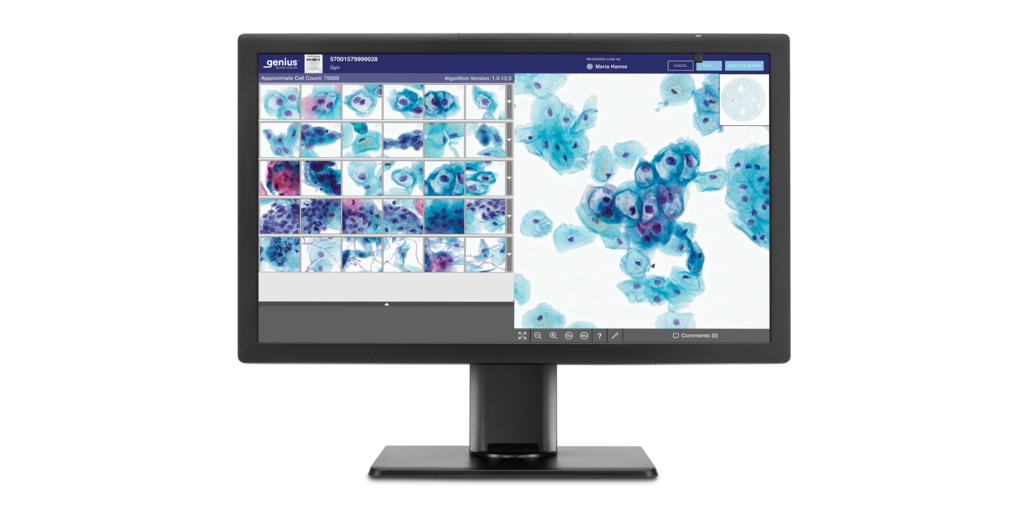A team of bioengineers from multiple countries are developing a device to measure the body’s level of white blood cells, without ever pricking the skin. The researchers are looking to model the device after the oximeter – a small sensor that clips to a patient’s finger and measures oxygen levels in the blood.
The researchers have already constructed three prototypes using their novel technology, combining an optical sensor and a tiny lens. The sensor is capable of detecting the flow of leukocytes through the blood vessels, while the lens collects real-time data on white blood cell levels.
The device was designed specifically for cancer patients, whose treatments – including chemotherapy – often lead to immunosuppression. If leukocyte levels are not continuously monitored, cancer patients are at risk of developing infections which could eventually lead to sepsis.
Carlos Castro, a biomedical engineer from the Research Laboratory of Electronics at MIT, said the novel device, “will allow white blood cells to be measured simply and painlessly. The same way diabetics nowadays have a glucometer to check their glucose levels, patients undergoing chemotherapy will be able to use a ‘leukometer’ in the future to estimate the state of their immune system.” The researchers hope the device could be on the market as early at 2019.
The ability to measure the immune response to chemotherapy in real-time, could allow for the development of individualized cancer therapies. “Treatment doses could be maximized for each individual without compromising their immunological system,” said Castro. “Treatment efficiency could be improved while reducing the risk of suffering serious infections.”
According to Castro, the idea for the product was thought-up following a visit to the Hospital Gregorio Marañón, in Madrid, Spain. The researchers identified a need for faster quantification of immune cells, as immunosuppression – or leukopenia – is the most common side-effect of chemotherapy.
Castro said, “We saw the need to create a non-invasive device that would detect leukopenia earlier and avoid its consequences.” Low levels of white blood cells can increase the risk of infection in cancer patients, and could lead to a reduced life expectancy.
The images captured by the lens – which is illuminated using LEDs – are analyzed using built-in algorithms. The details of this technology were presented at the Annual International Conference of the Institute of Electrical and Electronics Engineers (IEEE) Engineering in Medicine and Biology Society, in August.
“Our image processing algorithms recognize these events and count them, providing an estimate for their concentration in the blood,” said Castro. He foresees a future in which patients could take their own leukocyte measurements at home. “In rural areas where access to health centers is limited, or in developing countries, this becomes a huge advantage. It would also be possible to perform measurements on a continuous basis, opening up treatment options that were previously not possible.”
The rapid, real-time nature of the data generated by the device could allow healthcare providers to more swiftly react to fluctuations in blood leukocyte levels. If white blood cell levels drop in a particular chemotherapy patient, doctors can adjust the level of medication to correct the imbalance, thereby preventing infections.
The prototype device has been tested on patients at Hospital Fuenlabrada in Spain, and Massachusetts General Hospital, in the US. According to Castro, “We are now working to improve its accuracy and reliability.”
Sources:
- New portable device counts leukocytes through the skin – http://medicalxpress.com/news/2015-09-portable-device-leukocytes-skin.html












Join or login to leave a comment
JOIN LOGIN